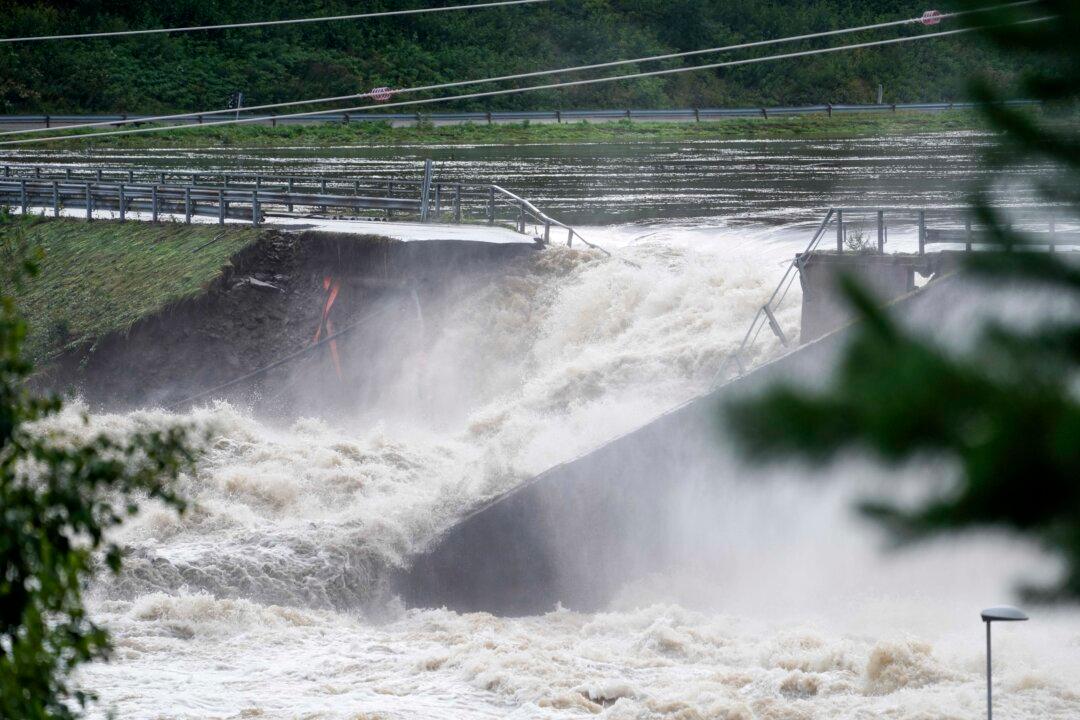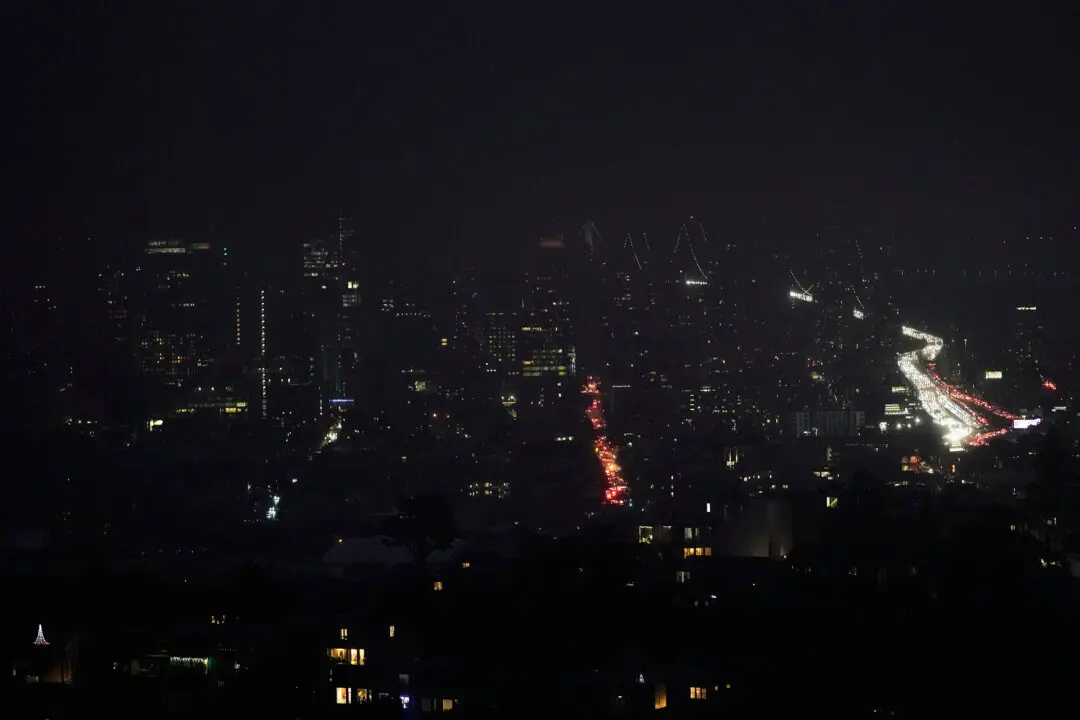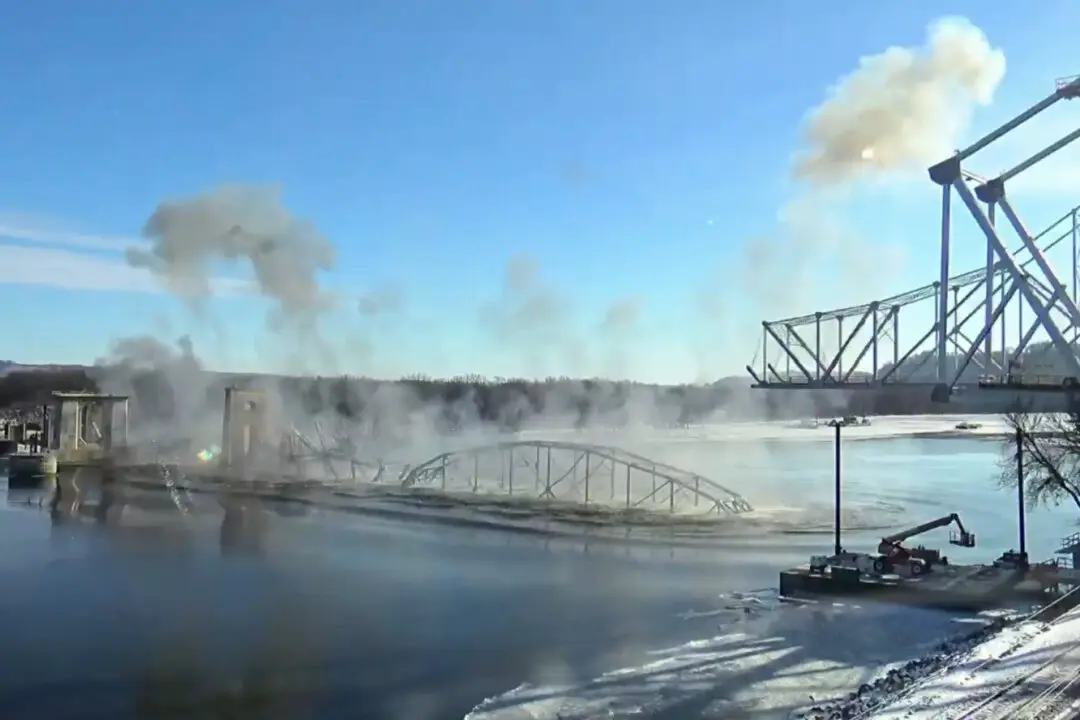COPENHAGEN, Denmark—A dam in southern Norway partially burst Wednesday following days of heavy rain that triggered landslides and flooding in the mountainous region and forced downstream communities to evacuate, officials said.
Authorities initially considered blowing up part of the dam at the Braskereidfoss hydroelectric power plant to prevent communities from being inundated. But the idea was scrapped after water later broke through the structure, police spokesman Fredrik Thomson told reporters.





